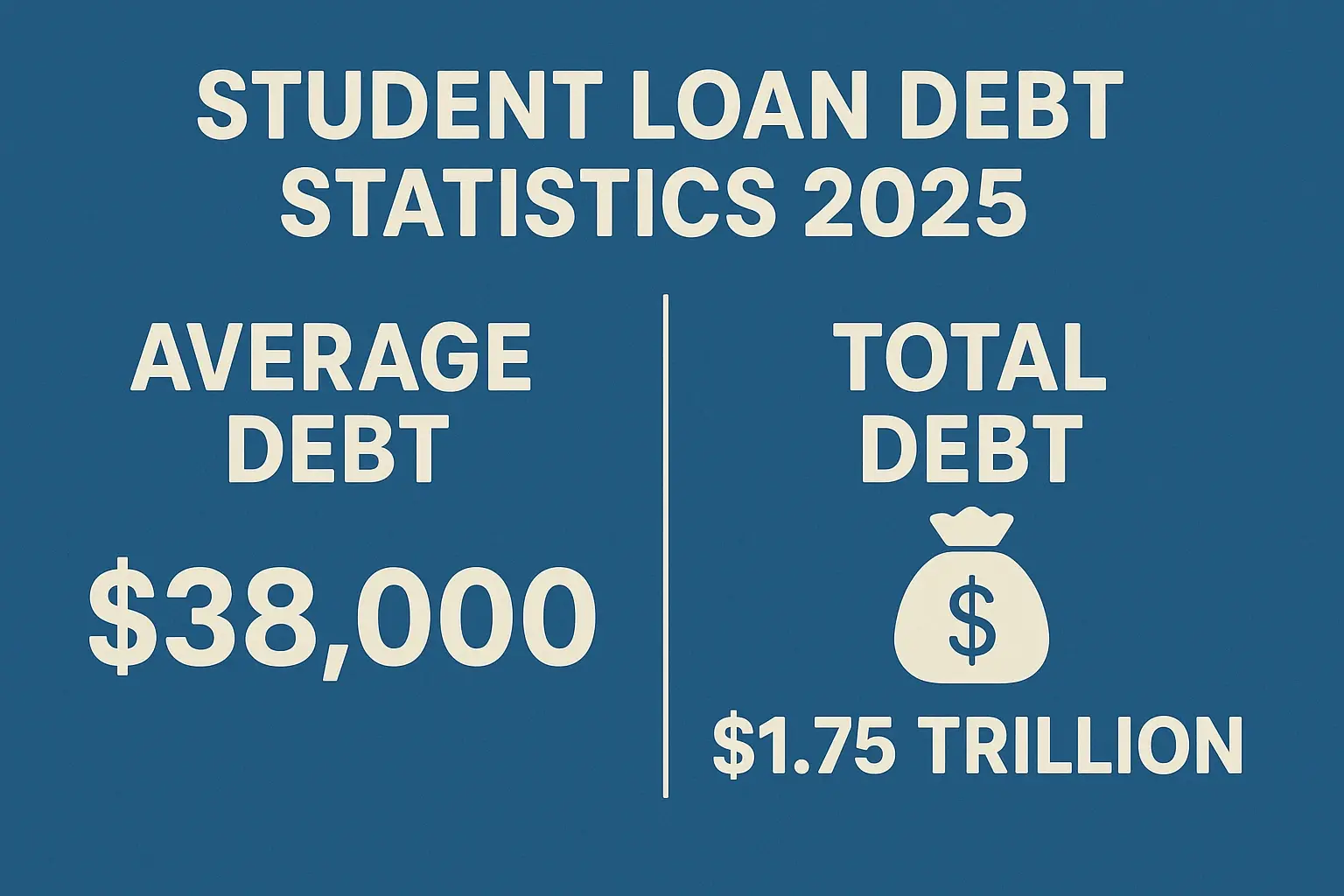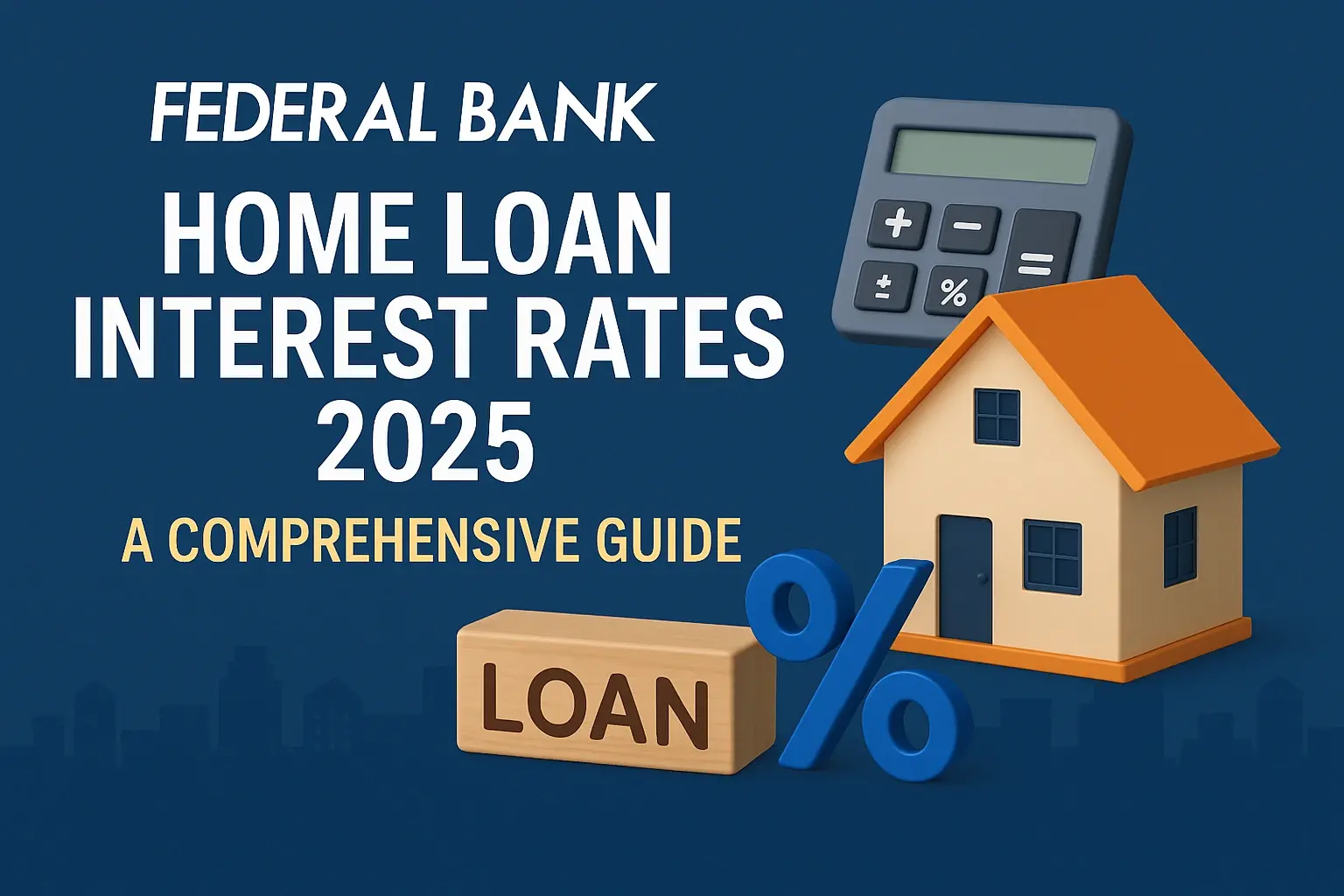-
Posted on: 21 Dec 2022

-
Saving for a down payment on a home can seem like a monumental task. It's often the biggest hurdle to overcome when aiming for homeownership. But don't be discouraged! With a strategic approach, diligent planning, and a few clever tricks, you can accumulate the funds you need to achieve your dream of owning a home. This comprehensive guide provides practical tips and actionable strategies to help you save for your mortgage down payment.
Understanding the Down Payment
Before diving into saving strategies, let's solidify our understanding of what a down payment is and why it matters.
What is a Down Payment?
A down payment is the upfront amount of money you pay towards the purchase of a home. It's the difference between the home's purchase price and the amount you borrow from a lender in the form of a mortgage. The down payment is typically expressed as a percentage of the home's price, such as 5%, 10%, or 20%.
Why is a Down Payment Important?
The size of your down payment significantly impacts several aspects of your mortgage and overall homeownership experience:
- Mortgage Interest Rates: A larger down payment often translates to a lower interest rate on your mortgage. Lenders perceive borrowers with larger down payments as less risky, making them eligible for better rates.
- Private Mortgage Insurance (PMI): If your down payment is less than 20% of the home's purchase price, you'll likely be required to pay Private Mortgage Insurance (PMI). PMI protects the lender if you default on your loan. PMI adds to your monthly mortgage payment. Once you've built up sufficient equity (typically 20% of the home's original value), you can request to have PMI removed.
- Loan Amount: A larger down payment means you need to borrow less money, resulting in lower monthly payments and less interest paid over the life of the loan.
- Home Equity: Your down payment represents your initial equity in the home. A larger down payment gives you a greater financial stake in the property from the start.
- Competitiveness in the Market: In a competitive real estate market, a larger down payment can make your offer more attractive to sellers, as it demonstrates your financial stability and commitment.
Setting a Realistic Savings Goal
Before you can start saving effectively, you need to determine how much you need to save. Here’s how to approach setting a realistic down payment savings goal:
Research Home Prices in Your Desired Area
Start by researching average home prices in the neighborhoods you're interested in. Online real estate portals like Zillow, Redfin, and Realtor.com are excellent resources. Consider the size, condition, and features of the homes you're targeting to get a realistic estimate.
Determine Your Target Down Payment Percentage
Decide what percentage of the home's price you want to save for a down payment. While 20% is often considered ideal to avoid PMI and secure better interest rates, it's not always feasible for first-time homebuyers. Consider aiming for 5%, 10%, or 15% if 20% is out of reach. Research different mortgage options to understand the implications of a smaller down payment.
Factor in Closing Costs
Don't forget to factor in closing costs, which can add several thousand dollars to the overall cost of buying a home. Closing costs typically include appraisal fees, title insurance, loan origination fees, and other expenses. Estimate closing costs to be around 2% to 5% of the home's purchase price.
Calculate Your Total Savings Goal
Once you have an estimated home price, your target down payment percentage, and estimated closing costs, you can calculate your total savings goal. For example:
Estimated Home Price: $300,000
Target Down Payment (10%): $30,000
Estimated Closing Costs (3%): $9,000
Total Savings Goal: $39,000Proven Strategies to Save for a Down Payment
Now that you have a clear savings goal, let's explore effective strategies to help you reach it.
1. Create a Detailed Budget
Budgeting is the foundation of any successful savings plan. A detailed budget helps you track your income and expenses, identify areas where you can cut back, and allocate more funds towards your down payment savings.
- Track Your Spending: Use budgeting apps (Mint, YNAB), spreadsheets, or even a notebook to track where your money is going each month.
- Identify Non-Essential Expenses: Analyze your spending habits and identify areas where you can reduce or eliminate non-essential expenses, such as dining out, entertainment, subscriptions, and impulse purchases.
- Set Savings Targets: Allocate a specific amount of money each month to your down payment savings fund. Treat this allocation as a non-negotiable bill.
2. Automate Your Savings
Automating your savings makes it easier to consistently contribute to your down payment fund. Set up automatic transfers from your checking account to a dedicated savings account each month.
- Set Up Recurring Transfers: Schedule automatic transfers to occur on payday, ensuring that a portion of your income is immediately allocated to savings.
- Consider a High-Yield Savings Account: Choose a high-yield savings account or money market account to maximize the interest earned on your savings.
3. Reduce Debt
High-interest debt, such as credit card debt, can significantly hinder your ability to save. Prioritize paying down debt to free up more cash flow for your down payment savings.
- Prioritize High-Interest Debt: Focus on paying off debts with the highest interest rates first.
- Consider Debt Consolidation: Explore options for consolidating your debt, such as a personal loan or balance transfer credit card, to potentially lower your interest rates.
4. Increase Your Income
Boosting your income can accelerate your savings progress. Explore opportunities to earn extra money through side hustles, freelance work, or a part-time job.
- Consider a Side Hustle: Explore side hustle opportunities that align with your skills and interests, such as freelancing, online tutoring, driving for a ridesharing service, or selling handmade goods.
- Negotiate a Raise: Research industry standards and performance metrics to build a case for a raise at your current job.
- Sell Unwanted Items: Declutter your home and sell unwanted items online or at a consignment store.
5. Cut Back on Lifestyle Expenses
Making small changes to your lifestyle can have a significant impact on your savings over time.
- Cook Meals at Home: Reduce dining out expenses by cooking more meals at home.
- Brew Your Own Coffee: Save money by brewing your own coffee instead of buying it from coffee shops.
- Cut Cable: Explore streaming services as a cheaper alternative to cable television.
- Negotiate Bills: Contact your service providers (internet, phone, insurance) to negotiate lower rates.
6. Take Advantage of First-Time Homebuyer Programs
Many government and non-profit organizations offer programs to assist first-time homebuyers with down payments and closing costs. Research available programs in your area.
- Federal Programs: Explore programs offered by the Department of Housing and Urban Development (HUD) and the Federal Housing Administration (FHA).
- State and Local Programs: Research down payment assistance programs offered by your state and local governments.
- Employer Assistance Programs: Some employers offer homebuyer assistance programs as part of their benefits package.
7. Delay Major Purchases
Postpone any major purchases until after you've purchased your home. This includes buying a new car, taking a lavish vacation, or making significant home improvements to your current residence.
8. Use Windfalls Wisely
When you receive unexpected windfalls, such as tax refunds, bonuses, or inheritances, allocate a portion or all of the funds towards your down payment savings.
9. Consider Renting Out a Room
If you have a spare room in your current home, consider renting it out to a roommate or through Airbnb to generate extra income.
10. Downsize Your Current Living Situation
If you're living in a larger or more expensive apartment or house than you need, consider downsizing to a smaller, more affordable option to free up more cash for savings.
11. Explore Alternative Mortgage Options
Research different mortgage options, such as FHA loans, VA loans, and USDA loans, which may have lower down payment requirements or offer other benefits for eligible borrowers. Keep in mind that these loans may come with specific eligibility requirements and additional fees.
Potential Pitfalls to Avoid
While saving for a down payment, be aware of these potential pitfalls:
- Raiding Your Savings: Avoid dipping into your down payment savings for non-essential expenses. Treat your savings account as a sacred fund.
- Ignoring Interest Rates: Be mindful of interest rates on your credit cards and loans. High-interest debt can sabotage your savings efforts.
- Making Impulsive Purchases: Avoid making impulsive purchases that can derail your budget and savings plan.
- Underestimating Closing Costs: Make sure to factor in closing costs when calculating your total savings goal.
Staying Motivated
Saving for a down payment can be a long and challenging process. Here are some tips to stay motivated:
- Visualize Your Goal: Create a vision board or keep a picture of your dream home in a prominent place to remind you of your goal.
- Track Your Progress: Monitor your savings progress regularly and celebrate milestones along the way.
- Find an Accountability Partner: Enlist the support of a friend or family member to help you stay on track and accountable.
- Reward Yourself (Responsibly): Celebrate your savings milestones with small, affordable rewards to stay motivated.




